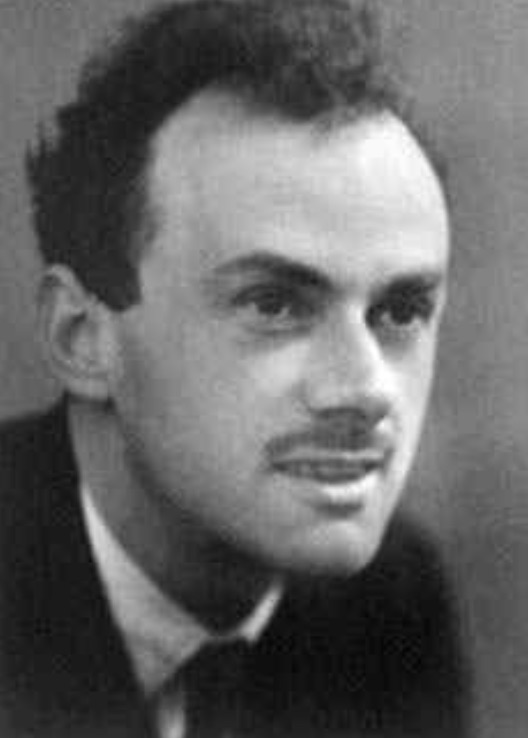
Paul Dirac was born on August 8, 1902 in Bristol, England. In his early years, he attended Bishop Primary school where his exceptional ability in mathematics was immediately evident. At age 12, he entered secondary school where his father was a teacher. World War I had begun and the older boys had left the school for military service, giving younger boys more access to the science laboratories and other facilities. This enabled Paul to become immersed in mathematics, physics and chemistry at an early age, and he plunged ahead of the rest of the class in his study of advanced mathematics.
He enrolled in electrical engineering at the University of Bristol in 1918 and completed his degree in 1921. He sat for the Cambridge scholarship examinations in that year and, though awarded a scholarship to Cambridge, it was insufficient to pay for his subsistence, so he enrolled at the University of Bristol where he was not required to pay an entrance fee. He graduated in 1923 with first class honors and then proceeded to undertake post graduate research at Cambridge. Ralph Fowler, a specialist in statistical mechanics and Dirac’s dissertation supervisor at Cambridge, soon recognized Paul’s unusual ability. Under his guidance, Dirac wrote five papers in the statistical mechanics of quantum physics, in the period between May 1924 through November 1925.
Dirac realised that Heisenberg’s uncertainty principle was essentially a statement that observable properties of elementary particles were noncommutative. In his doctoral thesis, Dirac produced a mathematically consistent theory of quantum mechanics using Hamiltonian operators. For this, he was awarded a Ph.D. in 1926–his dissertation had been his twelfth publication. In 1930, he published The Principles of Quantum Mechanics for which he was awarded the Nobel Prize for Physics in 1933.
Throughout his entire academic career, Paul Dirac struggled to complete his research before his brain might decline into senescence. He famously expressed this fear in an oft-quoted quartrain:
Age is, of course, a fever chill
That every physicist must fear.
He’s better dead than living still,
When once he’s past his thirtieth year
Though Dirac feared the “fever chill” that physicists might experience when they pass their thirtieth year, he continued to be productive well into middle age. In 1950, at the age of 48, he developed a more generalized Hamiltonian theory of constraints in Quantum Electrodynamics that could describe behaviors of elementary particles at relativistic speeds. His unrelenting search for beautiful mathematical representations of physical processes consumed him to the very end when he died at age 82.
Dirac’s status prompted a group of scientists to advocate for his inclusion in Westminster Abbey’s science corner, where Isaac Newton and Ernest Rutherford were honored. However, such veneration was available only to those who were known to be Christian. Dirac’s strong atheistic stance, widely known and immortalized by Wolfgang Pauli’s statement, “There is no god and Dirac is his prophet,” threatened to disqualify the great physicist from this auspicious honor. It is not known whether the deity intervened on Dirac’s behalf, but the requirement for Christian status was waived and Dirac was accepted in spite of his atheism. If however, Dirac was incorrect about the existence of god, he needn’t have worried about suffering a fever chill–he’ll be very warm throughout eternity.
